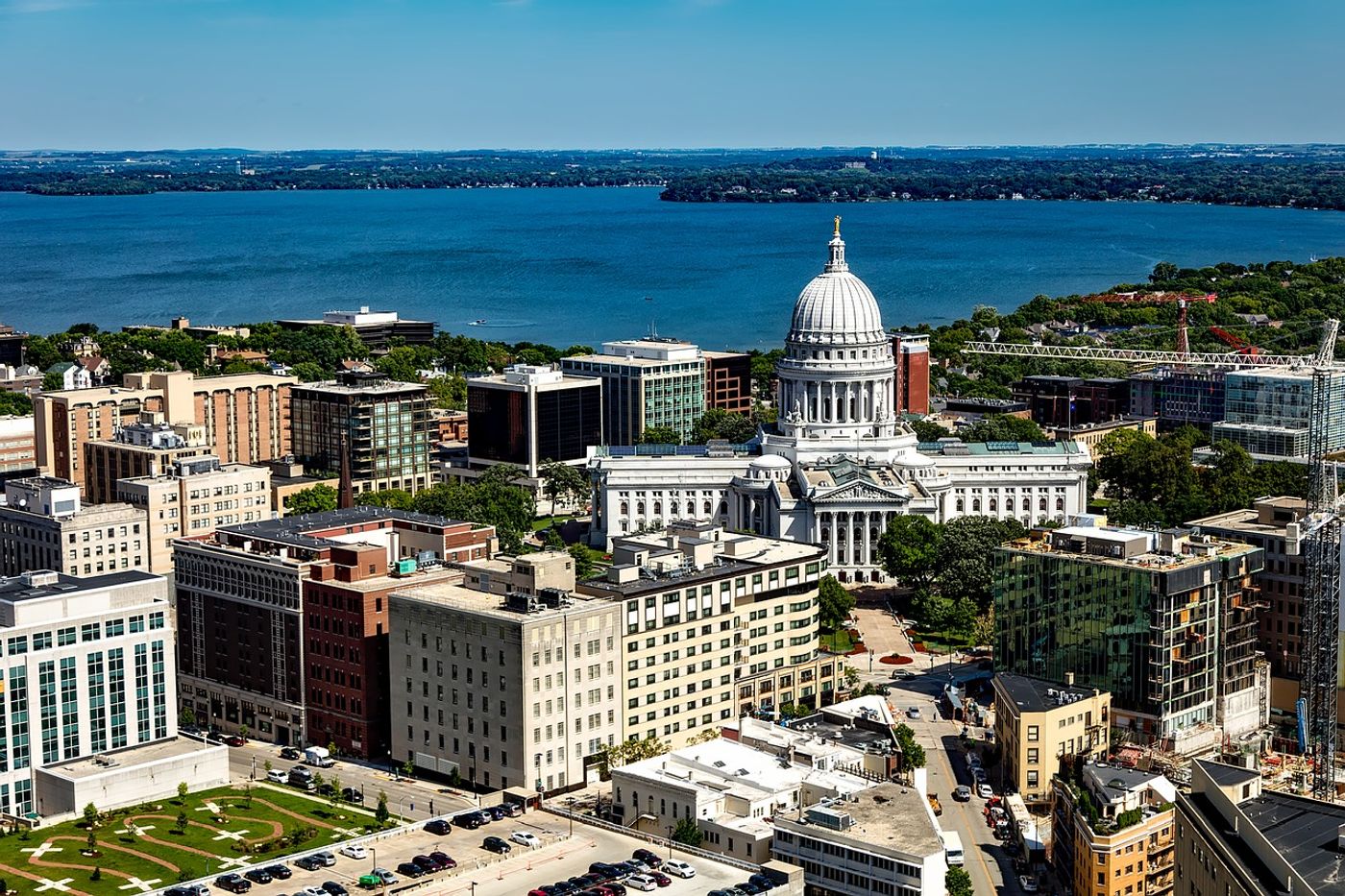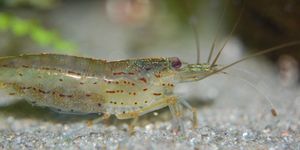Scientists Quantify Optimal Tree Cover to Combat "Heat Islands"
As summer temperatures begin to rise, city dwellers face the task of keeping cool—mentally and physically. Defined as “heat islands” by the Environmental Protection Agency, built-up city areas with a population of 1 million or more are an average of 1-3 degrees Celsius (1.8-5.4 degrees Fahrenheit) warmer than rural surroundings. Building roofs and pavemented surfaces may be 27-50 degrees Celsius (50-90 degrees Fahrenheit) warmer than air temperatures. In addition to affecting the comfort and health of city residents, elevated temperatures lead to increases in energy consumption and air pollutants and threaten water quality.
Scientists and environmental officials have long advocated adding trees and other vegetation to combat urban heat islands. However, until recently the optimal amount of tree coverage to achieve maximum cooling benefits was not known. Carly Ziter, assistant professor of biology at Concordia, and a team of researchers at the University of Wisconsin-Madison aimed to quantify the interaction between tree coverage, impervious surface coverage, and air temperatures.
To obtain real-time data, Ziter and her team mounted mobile weather stations on bicycles that would record readings every second, which equated to every 5 m (16.4 ft.). During the summer of 2016, the team rode through 10 different city transects in Madison, Wisconsin multiple times a day. Then they compared the temperature data to amounts of tree canopy, pavement, and building structures. The results of this study, which were recently published in Proceedings of the National Academy of Science, demonstrated a non-linear relationship between canopy cover and temperature reduction.
Ziter summarized the results in a press release from the University of Wisconsin-Madison, stating that “to get the most cooling, you have to have about 40 percent canopy cover, and this was strongest around the scale of a city block…once you tip over that threshold, you really see large increases in how much you can cool areas off.” She also noted that shade from the trees—while an obvious benefit—is not the only factor to increase cooling. Transpiration from trees, water vapor, cools the surrounding air. Transpiration occurs mainly during the daytime, and the study’s results showed that the effects of the canopy cover were limited at night.
Ziter and her team hope that their results encourage city planners and stakeholders to rethink urban landscaping. She stated that while planners should focus on areas that are already near the 40 percent threshold, they shouldn’t ignore areas with the lowest canopy covers as these tend to be areas of lower incomes. She said, “we want to avoid advocating for policies that are simply ‘rich get richer.’”









